I want to pass variables from a site to another. This is no problem, as there are many ways to do it. I'm struggling though, in how I can 'hide' these variables in the URL, and yet be able to get the values. Ex.: If I use 'request.args.get':
@page.route('/users', methods=['GET', 'POST'])
def users():
user = request.args.get('user')
return render_template('users.html', user=user)
When I click in the link, the URL generated is: http://localhost:5000/users?user=john
My goal is to access the 'users' page, in the 'John' section, but what the user will see in the URL path is only http://localhost:5000/users
